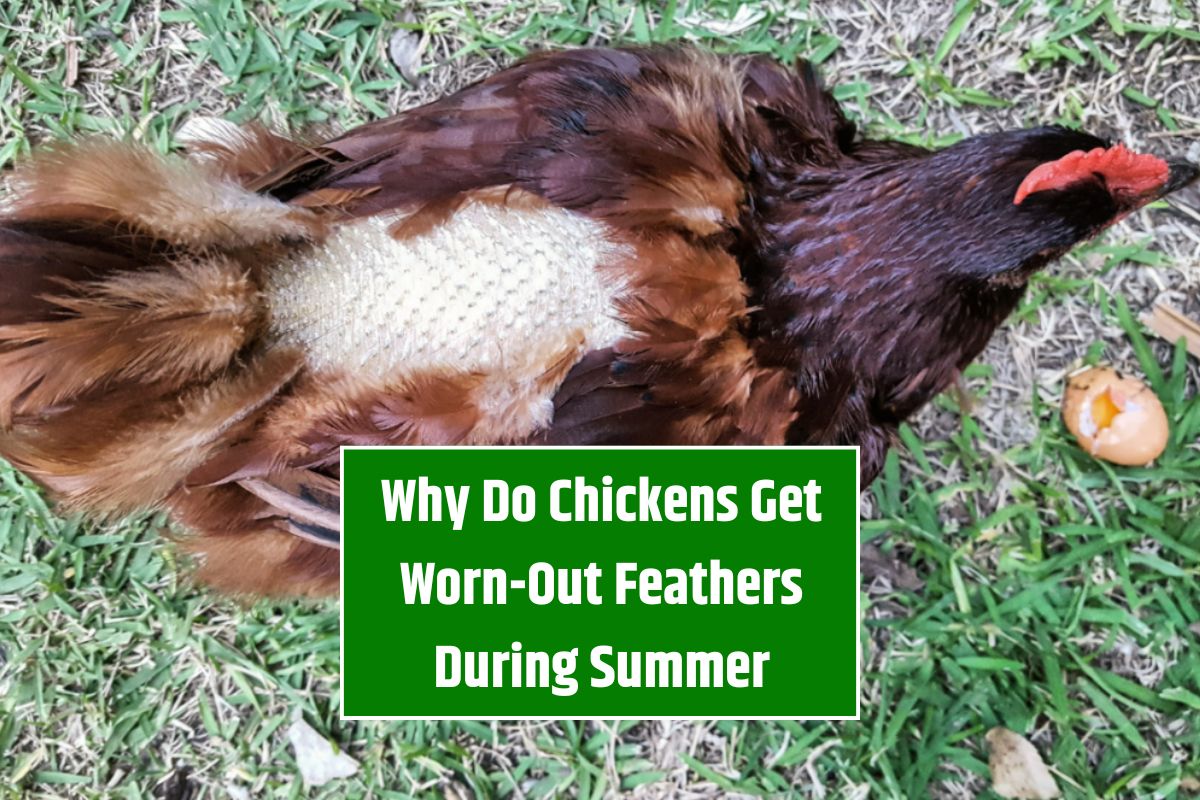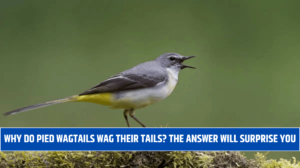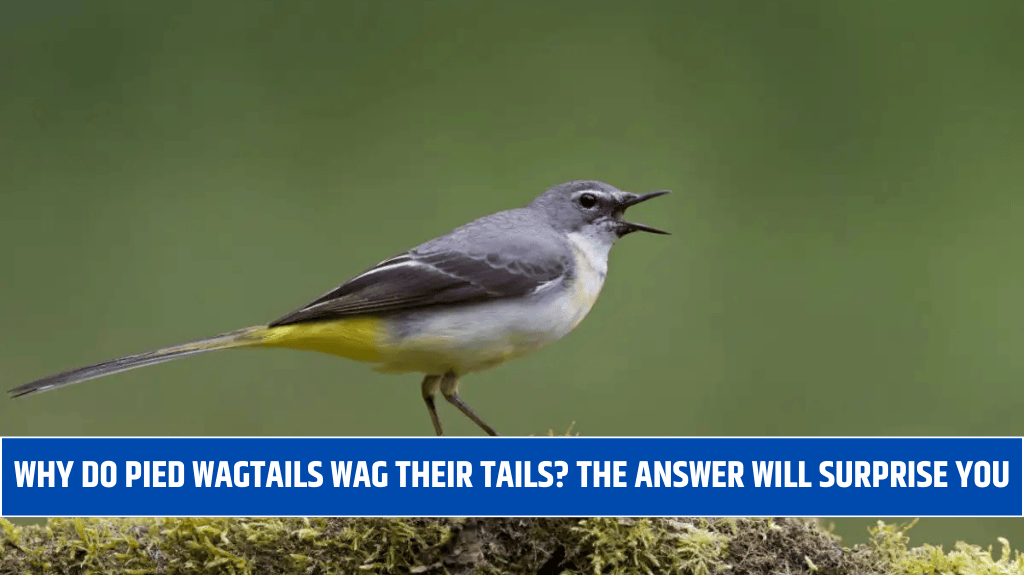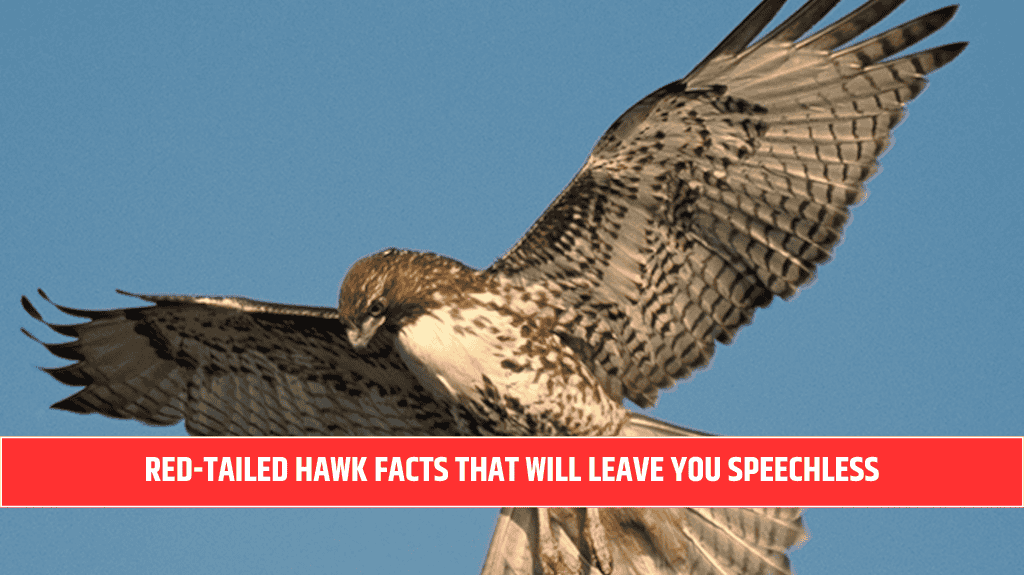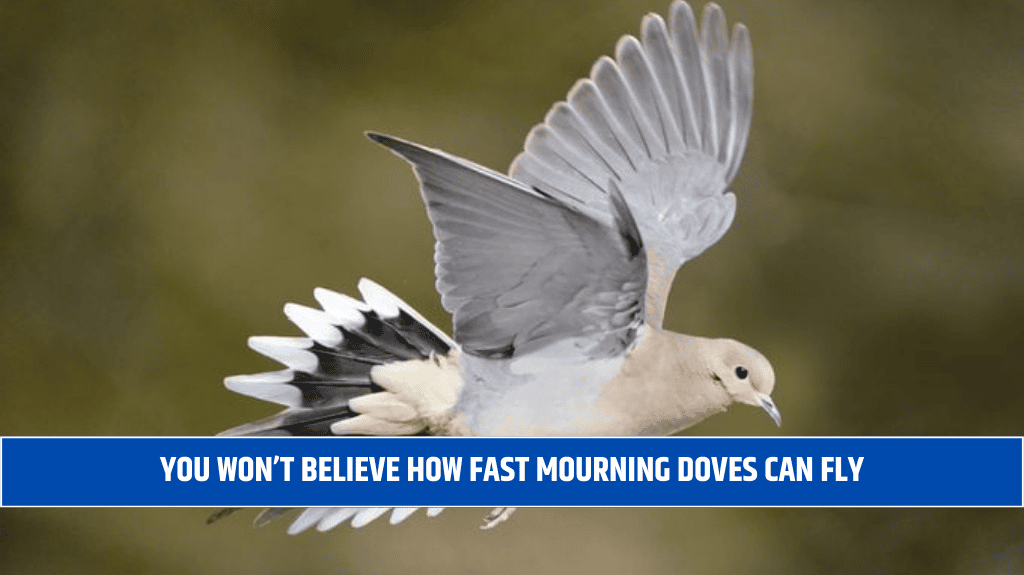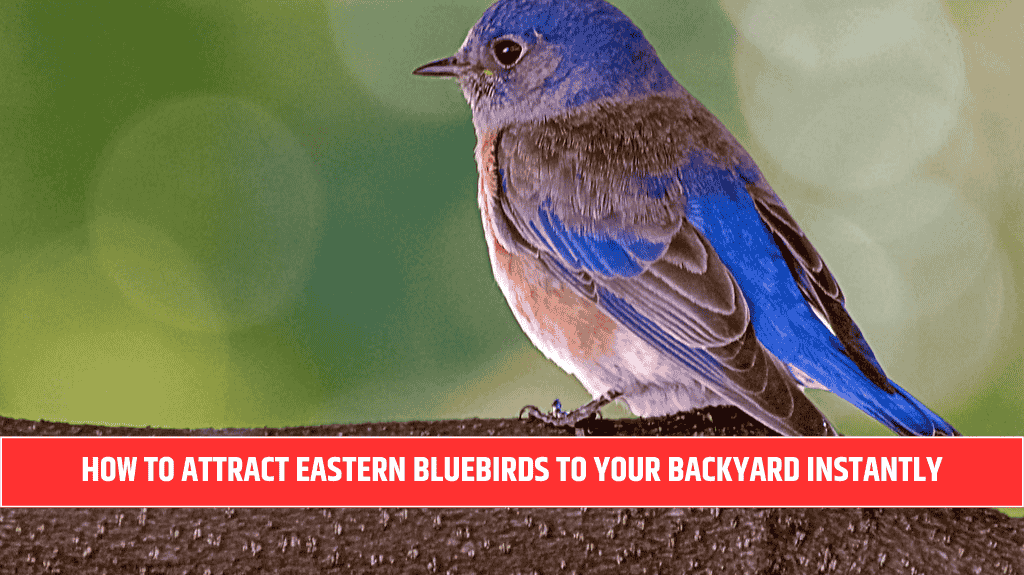Have you noticed your chickens looking a little scruffy with missing or ragged feathers? Don’t worry—it’s a common issue, especially in summer, when certain factors can cause feather damage. Understanding the reasons behind feather loss and taking the necessary steps can help you restore your flock’s plumage and keep them healthy.
1. External Parasites: Mites and Lice
During warmer weather, mites, lice, and other external parasites are more active and can cause significant feather damage. These pests irritate the skin, leading chickens to over-preen and pluck their feathers.
Signs of Parasite Infestation:
- Ragged or missing feathers around the vent, neck, or under wings
- Excessive preening or itching
- Scaly patches or redness on the skin
Solution:
- Inspect your flock: Check feathers, skin, and vent areas for mites or lice.
- Treat affected birds: Use poultry-safe treatments like diatomaceous earth or mite sprays.
- Clean the coop: Remove bedding, disinfect surfaces, and add fresh bedding.
2. Internal Parasites and Nutritional Deficiencies
Worms and internal parasites can lead to poor nutrient absorption, resulting in feather issues. When chickens don’t get enough nutrients, their feathers become weak, brittle, and prone to breakage.
Signs of Internal Parasites:
- Weight loss or poor growth
- Pale combs or wattles
- Ragged feathers and lethargy
Solution:
- Deworm your flock regularly: Follow a deworming schedule if worms are a known issue.
- Provide a balanced diet: Ensure your chickens receive a high-protein feed to maintain feather quality.
3. Excessive Breeding and Rooster Activity
During the breeding season (spring and summer), roosters become more active, and overbreeding can lead to feather damage, particularly on the hens’ backs.
Signs of Overbreeding:
- Missing or worn feathers on the back and wings
- Bald patches on hens
Solution:
- Limit the number of roosters: A good ratio is one rooster per 8-10 hens.
- Use hen saddles: These protective covers help prevent feather damage and allow feathers to regrow.
4. Low-Protein Diet
Feathers are primarily made of keratin, a protein. A diet too low in protein will leave your chickens with fragile feathers that are prone to damage, especially during summer when they may consume more low-protein treats.
Signs of Protein Deficiency:
- Brittle, ragged feathers
- Slow feather regrowth
- Reduced egg production
Solution:
- Offer a high-protein feed: Ensure that at least 16% of their diet is protein, especially during molting.
- Limit low-protein treats: Reduce scratch grains, excess garden produce (zucchini, corn, etc.), and fruits.
Protein-Boosting Treats:
- Mealworms
- Black soldier fly larvae
- Scrambled eggs
5. Pecking and Aggressive Behavior
Summer heat can increase irritability, and long daylight hours may lead to feather pecking and aggression within the flock. Overcrowding or bare, forageless runs can also worsen pecking issues.
Signs of Feather Pecking:
- Broken or missing feathers on the head, neck, or tail
- Pecking injuries or sores
Solution:
- Provide enough space: Aim for at least 10 square feet per bird in the run.
- Enrich the environment: Add perches, logs, or foraging activities to prevent boredom.
- Consider anti-peck sprays: These can discourage feather pecking by making feathers taste unpleasant.
6. Molting: A Natural Process
Molting usually occurs in late summer or early autumn, when chickens shed old feathers and grow new ones. During this period, feather loss is natural and not a sign of a health problem.
Signs of Molting:
- Gradual feather loss, often starting with the neck and tail
- Decreased egg production
- Dull or patchy appearance
Solution:
- Provide a high-protein diet: Feathers are made of protein, so increase their intake with mealworms, fish meal, or high-protein poultry feed.
- Be patient: Molting is a normal part of a chicken’s life cycle and usually lasts 8-12 weeks.
Preventing Feather Loss Next Year
To avoid ragged feathers in the future, take the following preventive measures:
- Maintain a balanced, high-protein diet year-round, especially during molting.
- Monitor for parasites regularly and treat infestations early.
- Manage the rooster-to-hen ratio to reduce overbreeding and feather damage.
- Provide adequate space and enrichment to minimize pecking and aggression.
Ragged or missing feathers can result from several factors, but with proper care, you can help your flock regain their beautiful plumage.
Whether it’s addressing parasites, improving diet, or managing pecking behavior, the right steps will ensure that your chickens stay healthy and happy all year round. By paying close attention to their needs, you’ll set them up for a smoother molt and better feather quality in the future.
FAQ’s
Why are my chickens losing feathers during summer?
Chickens often lose feathers in summer due to external parasites, nutritional deficiencies, overbreeding, or environmental stress. Molting, although less common in summer, can also cause feather loss.
How can I tell if mites or lice are causing feather loss?
Signs of mites or lice include ragged feathers around the vent or under wings, excessive preening, and irritated skin with redness or scaly patches.
What should I feed chickens to improve feather health?
A high-protein diet is essential for feather health. Consider feeds with at least 16% protein and provide protein-rich treats like mealworms, black soldier fly larvae, or scrambled eggs.
Can overbreeding cause feather damage?
Yes, overbreeding, especially during spring and summer, can result in missing feathers on the back and wings of hens. Using hen saddles and maintaining a proper rooster-to-hen ratio can help.
What should I do if chickens are pecking each other’s feathers?
Ensure the flock has enough space (at least 10 square feet per bird) and provide enrichment like perches or foraging activities. You can also use anti-peck sprays to deter aggressive pecking.
Is molting a cause of feather loss?
Yes, molting is a natural process where chickens shed old feathers and grow new ones, typically occurring in late summer or early autumn. It usually lasts 8-12 weeks and requires a high-protein diet.
How do I prevent feather loss in the future?
Maintain a high-protein diet, monitor for parasites regularly, manage the rooster-to-hen ratio, and provide adequate space and enrichment to minimize stress and pecking.
What are the signs of internal parasites causing feather issues?
Internal parasites can cause weight loss, pale combs or wattles, lethargy, and weak, brittle feathers. Deworming and a balanced diet can help address these issues.

